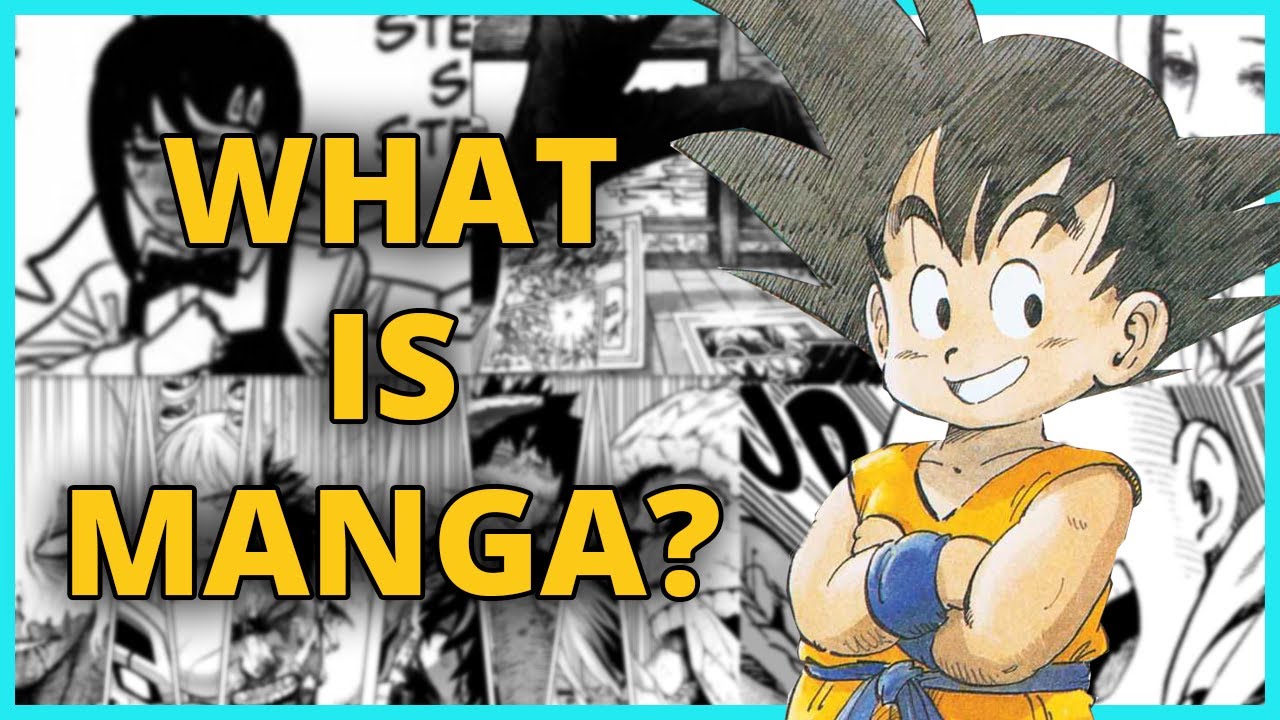If you’ve ever stumbled across vibrant comic books with unique art styles and gripping stories, you’ve likely encountered manga. But what is manga exactly, and why has it captured the hearts of millions worldwide? In this article, we’ll dive into the meaning of manga, its history, and what makes it so special.

What is Manga?
At its simplest, manga refers to Japanese comic books or graphic novels. The word itself comes from two Japanese characters: man (meaning “whimsical” or “informal”) and ga (meaning “pictures”). Unlike Western comics, manga is typically drawn in a distinctive black-and-white style and read from right to left—a reflection of traditional Japanese writing.
Manga covers a vast range of genres, from action-packed adventures like Naruto to romantic tales like Fruits Basket, and even niche topics like cooking or historical dramas. This diversity is part of what makes what is manga such an intriguing question—it’s not just one thing but a cultural phenomenon with something for everyone.
A Brief History of Manga
To fully understand what is manga, a look at its origins is key. While the modern form of manga took shape in the 20th century, its roots trace back centuries:
- 12th Century Scrolls: Early Japanese art, like the Choju-giga scrolls, featured playful drawings of animals—some consider this an ancestor of manga.
- Post-World War II Boom: The 1940s and 1950s saw pioneers like Osamu Tezuka, dubbed the “God of Manga,” revolutionize the medium with works like Astro Boy. His cinematic storytelling and expressive characters set the stage for manga’s global rise.
Today, manga is a multi-billion-dollar industry, with millions of volumes sold annually in Japan and beyond.
What Makes Manga Different?
So, what is manga that sets it apart from other comics? Here are some defining features:
- Art Style: Large, emotive eyes, exaggerated expressions, and dynamic panel layouts create a unique visual language.
- Serialization: Most manga is published in weekly or monthly magazines (like Shonen Jump) before being compiled into volumes.
- Target Audiences: Manga is categorized by demographics—shonen (boys), shojo (girls), seinen (men), and josei (women)—ensuring broad appeal.
- Story Depth: From epic sagas to slice-of-life tales, manga often blends humor, drama, and cultural themes in ways that resonate deeply.
These elements combine to make what is manga a rich and immersive experience, distinct from Western superhero comics or graphic novels.
Why is Manga So Popular?
The global love for manga begs the question: What is manga doing to attract such a massive audience? Several factors contribute:
- Accessibility: Affordable paperback volumes and digital platforms like Manga Plus make it easy to dive in.
- Anime Connection: Many popular manga series, like One Piece or Demon Slayer, get adapted into anime, boosting their reach.
- Cultural Appeal: Manga offers a window into Japanese culture, blending universal themes with unique perspectives.
- Community: Fans connect through conventions, online forums, and social media like X, sharing their passion.
Whether you’re a casual reader or a hardcore collector, manga’s ability to entertain and inspire is undeniable.
How to Start Reading Manga
New to the scene and wondering what is manga like as a hobby? Here’s how to begin:
- Pick a Genre: Love action? Try Attack on Titan. Prefer romance? Check out My Dress-Up Darling.
- Find a Source: Bookstores, libraries, or apps like Crunchyroll Manga are great starting points.
- Start Small: Begin with a short series to get a feel for the style and pacing.
- Join the Fandom: Engage with others on platforms like X to discover recommendations.
Final Thoughts: What is Manga Really About?
In essence, what is manga? It’s more than just comics—it’s a storytelling art form that blends stunning visuals with compelling narratives. From its humble beginnings to its status as a global juggernaut, manga continues to evolve, inviting readers of all ages into its imaginative worlds. coinflip